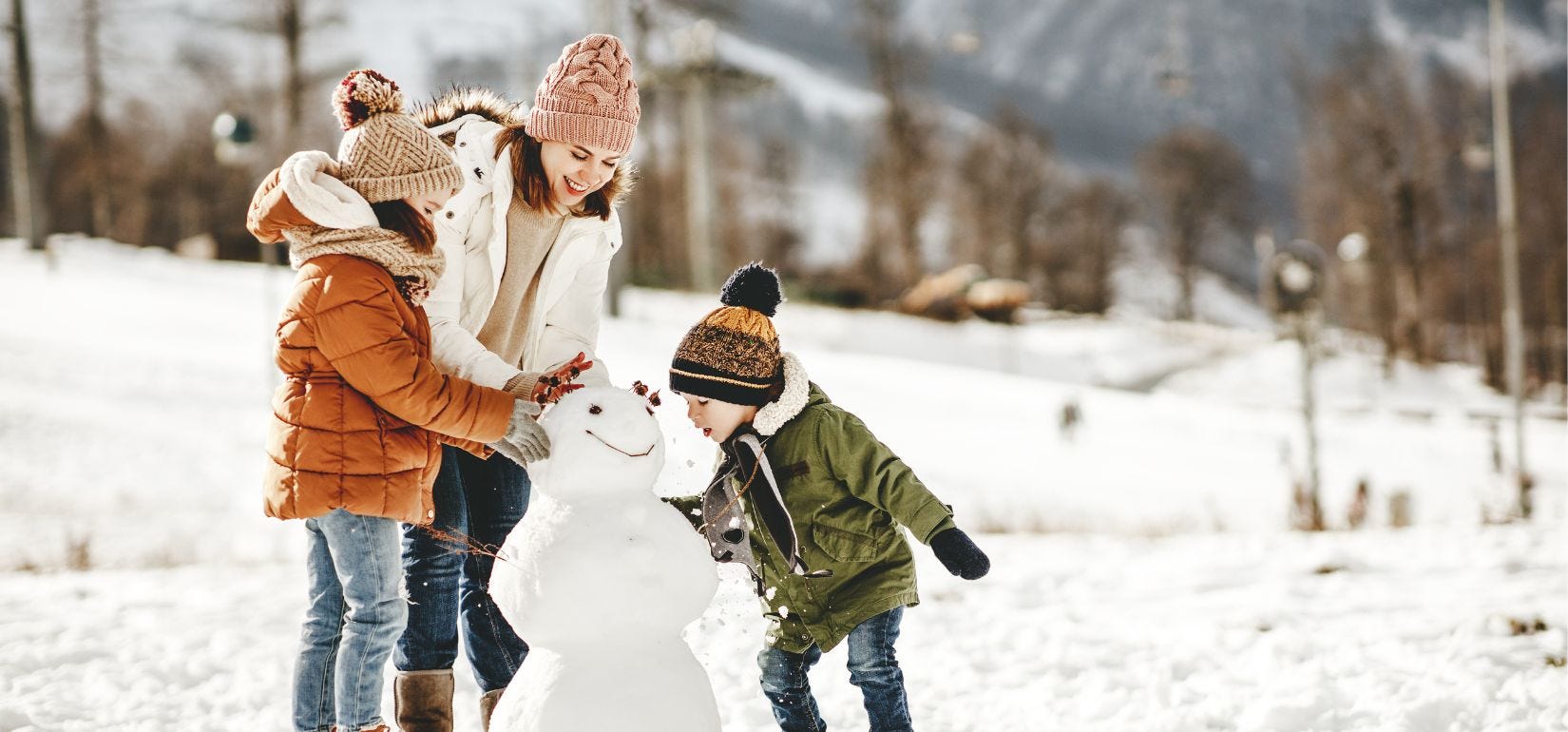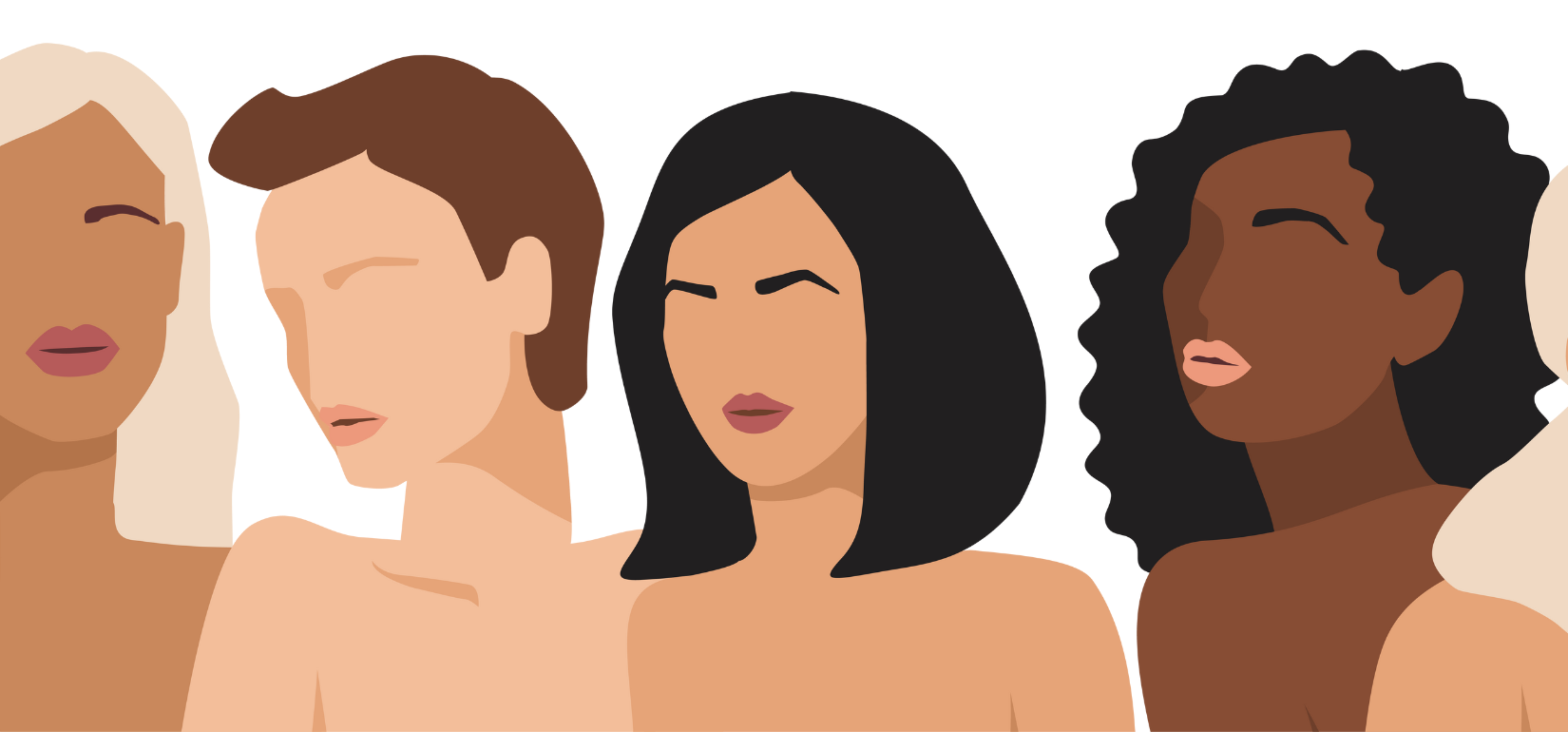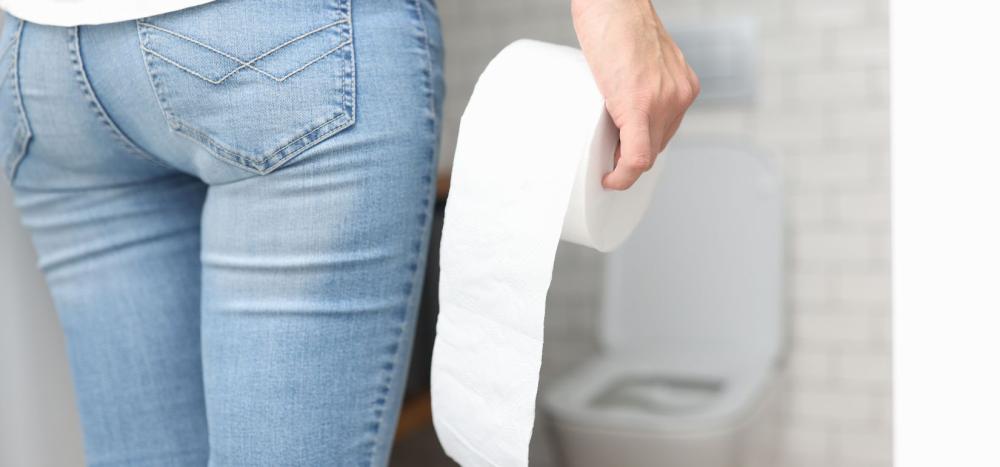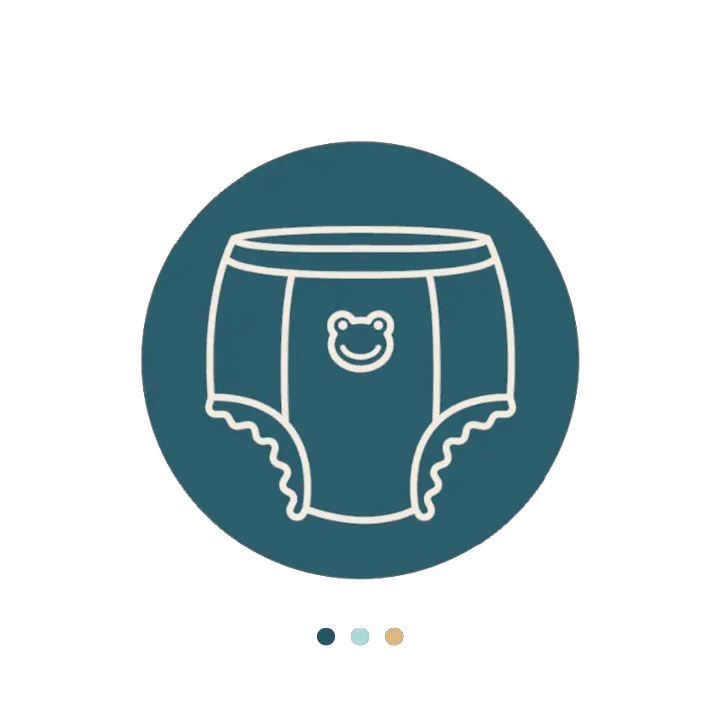Key Takeaways:
- Tense muscles, sweating less, cold-induced diuresis, your urine, and urinary tract infections may cause symptoms of overactive bladder in cold temperatures.
- Certain lifestyle adjustments can prevent overactive bladder symptoms in cold weather.
INCONTINENCE PRODUCTS THROUGH INSURANCE:
Aeroflow Urology is in-network with many Medicaid and Medicaid-managed insurance plans and is accredited by Medicaid. Complete our Eligibility Form, and we’ll automatically check to see if your plan covers incontinence supplies. ***Must meet certain requirements to qualify.***
You will also receive the care and attention every person managing incontinence deserves: A personalized list of 100% insurance-covered incontinence supplies, a dedicated Continence Care Specialist you can contact during business hours, a user-friendly online portal for easy monthly reordering, and educational content.
Get the continence care you need with the dignity you deserve. Join the Aeroflow Urology family today! It only takes 5 minutes to get started.
Winter is full of activities we all love, like sledding, ice skating, and snowboarding, but it can be challenging to enjoy these pastimes when you need to pee. If you notice that you feel this urge more frequently in the cold weather, you’re not alone.
Many people experience increased trips to the bathroom and more urges to pee during the winter, which are symptoms of a bladder condition called overactive bladder, and it's all in response to the cold.
Find out what you can do to prevent OAB in the winter months.
Can Cold Weather Cause Frequent Urination?
When exposed to cold weather, you may feel like you need to pee more often. Most people experience these symptoms so subtly that they go undetected. But for some, symptoms become extremely bothersome and can indicate the development of a bladder condition called overactive bladder (OAB).
Cold Weather Urinary Symptoms:
- Increased trips to the bathroom.
- Increased need to urinate.
- Feeling the bladder gets fuller faster.
What Is OAB?
OAB is a type of urinary incontinence (UI) that causes you to urinate more frequently due to a feeling of a full bladder. According to a PubMed study*, OAB affects 1 out of 7 women and an equal portion of men in the US.
OAB Symptoms:
- Feeling the sudden and uncontrollable urge to pee.
- Frequently waking up at night to pee.
- Leaking urine (having accidents) due to intense urges to void your bladder.
- Peeing often, usually more than 8 times in 24 hours.
Why Do You Pee a Lot When You Feel Cold?
There is currently no definitive research that tells which temperatures or times of exposure to cold weather cause you to urinate more frequently, and it’s not entirely understood why this happens. However, one study that used rats as subjects showed that exposure to colder temperatures caused bladder overactivity.
Here are a few reasons experts think you may experience OAB in colder weather.
1. Tense Muscles
In the winter, your body’s muscles tense up to stay warm, which extends to your pelvic floor. Your pelvic floor muscles are located between your tailbone and pubic bone. When your pelvic floor muscles tighten, it adds extra pressure to the bladder, making you feel like you need to go to the bathroom more often.
2. Less Sweat
You sweat less in winter than in warmer months. You also move less in the winter. Since you’re not sweating out excess fluids like you do in warmer months, more fluid stays in your body. When this happens, your body requires more filtration, causing your bladder to fill quicker, making you pee more frequently.
3. Cold-Induced Diuresis
When exposed to colder temperatures, your body tries to protect you from hypothermia, known as cold-induced diuresis. During cold diuresis, blood vessels constrict, and blood flow decreases to warm your internal and vital organs. This causes your blood pressure to increase, making your kidneys filter excess fluid and blood to decrease your blood volume, which causes a full bladder and makes you pee more.
4. Your Urine
Due to a more sedentary lifestyle and a tendency to eat heavier, less healthy foods in winter, your body takes in extra calcium. Excess calcium is difficult for your kidneys to filter, causing thirst and frequent urination.
5. Urinary Tract Infections
Even if you don’t notice it, you may become dehydrated in the winter because the air is dryer. When you’re dehydrated, your risk of developing urinary tract infections (UTIs) increases, which causes you to experience an intense and frequent urge to pee.
How Can You Prevent Overactive Bladder In Cold Weather?
1. Drink enough water.
During the winter months, we typically don’t drink enough water. Increasing your water intake can improve circulation in your extremities (arms and legs), evening out the circulation needed to keep your body warm. Since you’re also urinating more frequently, you need to replace the fluids you lose. Drink as much water as you need to throughout the cold seasons.
2. Wear incontinence products.
Wearing discreet incontinence products, such as bladder pads and protective underwear, will protect you from leaks. These supplies are helpful during winter activities that require wearing warm layers since it can be challenging to take everything off to make it to the bathroom in time.
If you're diagnosed with a type of UI, such as OAB, you may be able to get your products 100% covered by your insurance plan! That way, you won’t have to worry about wet clothes or leaks in the winter. Aeroflow Urology is an excellent resource for getting free incontinence supplies delivered straight to your door without leaving your home in cold temperatures.
To see if you qualify in under 5 minutes, submit your information through our Eligibility Form. We don’t share your information with any outside sources, and after completing the form, one of our dedicated Continence Care Specialists will reach out to you and help you with the next steps.
Check Your Eligibility
2 Easy Steps
Discover the continence care essentials available through your Medicaid plan.
3. Stay warm!
To prevent cold-induced diuresis from occurring while outdoors, keep your body warm. Bundle up in warm layers (down coats, hats, snow pants, gloves, scarves, etc.). If you’re outdoors for long periods, take breaks inside to bring your body temperature up, hydrate, and use the bathroom to avoid accidents.
4. Keep a bladder diary.
A bladder diary records your bathroom habits and bladder irritants and triggers. Record when you notice your bladder feeling fuller, how often you use the restroom, accidents you have, and how long you stay in cold temperatures. Bladder diaries may help when you visit your healthcare provider.
5. Listen to your body!
Go to the bathroom when you need to. If you hold your pee, you may develop a UTI.
6. Stay active.
Stretching and exercising can decrease muscle tension and keep the body warm. Focusing those exercises and stretches around pelvic floor muscles can be vital in reducing the pressure placed on the bladder. Try at-home pelvic floor exercises, such as Kegels.
7. See your healthcare provider.
If you experience any unusual symptoms similar to UI, make an appointment with your healthcare provider to determine which type of UI you have. Prepare for your appointment by reading up on what to expect.
Jump To: Top | Eligibility Form
References
*Reynolds, W. S., Fowke, J., & Dmochowski, R. (2016). The Burden of Overactive Bladder on US Public Health. Current Bladder Dysfunction Reports, 11(1), 8–13. https://doi.org/10.1007/s11884-016-0344-9
ISHIZUKA, O., IMAMURA, T., & NISHIZAWA, O. (2012). Cold Stress and Urinary Frequency. LUTS: Lower Urinary Tract Symptoms, 4, 67–74. https://doi.org/10.1111/j.1757-5672.2011.00127.x
Disclaimer
Information provided on the Aeroflow Urology blog is not intended as a substitute for medical advice or care from a healthcare professional. Aeroflow recommends consulting your healthcare provider if you are experiencing medical issues relating to incontinence.











